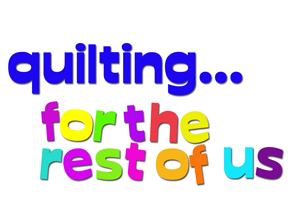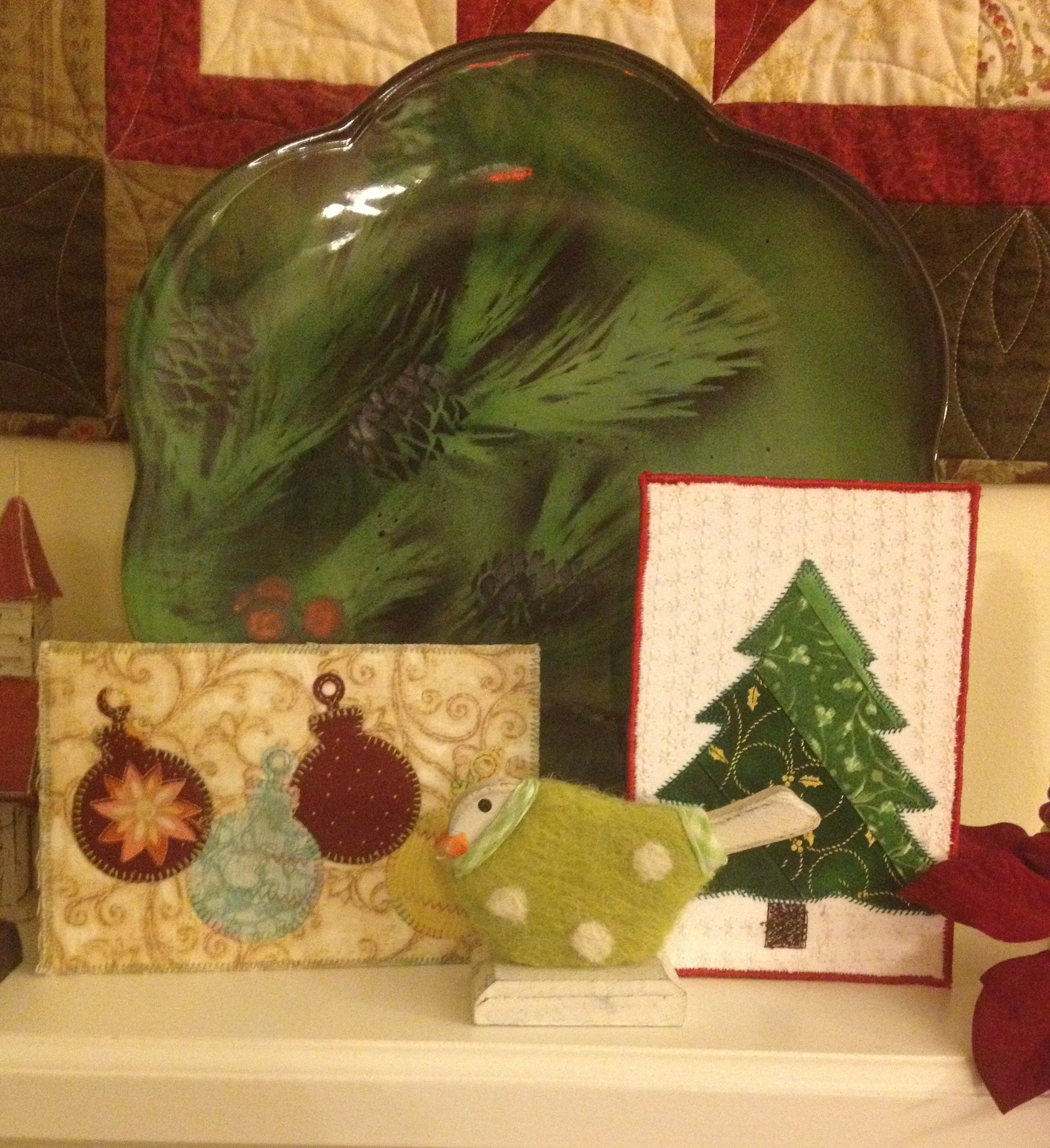Once again, I participated in a postcard swap hosted by Sandi of Quilt Cabana Corner podcast. This time our theme was "fall," and the deadline was Halloween, if I recall. I don't remember for sure because (ahem) I actually had mine done a few weeks early. Cookin' with gas.
My partner this time was Glenna, aka @gfcsailor (and here's her website). I love the postcard she sent me!
She says it started life as a pumpkin, so I call it "Funky Punkin'." It's hanging in my postcard gallery, one of the favorite spots in my office. I really love the abstract and jazzy nature of it. Very fun.
And here's the one I sent her. I don't really have a name for it. "Leaves" seems a bit prosaic.
I have a package of die-cut leaves of various shapes I inherited out of Mom's stash. I've been using a leaf here, a leaf there, and still have a lot left. I decided to play a little with the dimensionality thing again, so I used two leaves wrong sides together with a lightweight stabilizer in between, then FMQd the veins on and did a loose satin-stitch around the outside with one of the variegated threads I've picked up from Superior along the way. I then tacked the leaves onto the background (already fused to the heavyweight Pellon I use in postcards), hiding the tacking stitches in the veins. I fused the backing on last to cover all the tacking stitches. It's possible I ended up using two layers of fabric on the back because the tacking stitches were in black thread; I don't really remember now, but that's sort of ringing a bell. Then I fused on a binding to cover up all those raw edges. The mitered edges were just trimmed before fusing to look mitered. Shhh. Don't tell Glenna.
I couldn't mail it by itself because it was all hanging off all over the place, so I used an envelope.
If I do the die-cut/satin-stitch combination again, I may try hitting the edge with some Fray-Check first. I was gritting my teeth over the fuzz that was going on.
I really enjoyed doing these postcard swaps this year--it was a great way to play around with different techniques. I'm glad all my swap partners were game to get my experiments! I've heard rumor that Sandi will be doing swaps again in 2015 but may change the format--mug rugs, perhaps, or something else small and fun. Make sure you're watching her blog or following her on Twitter to find out what she decides to do!





















